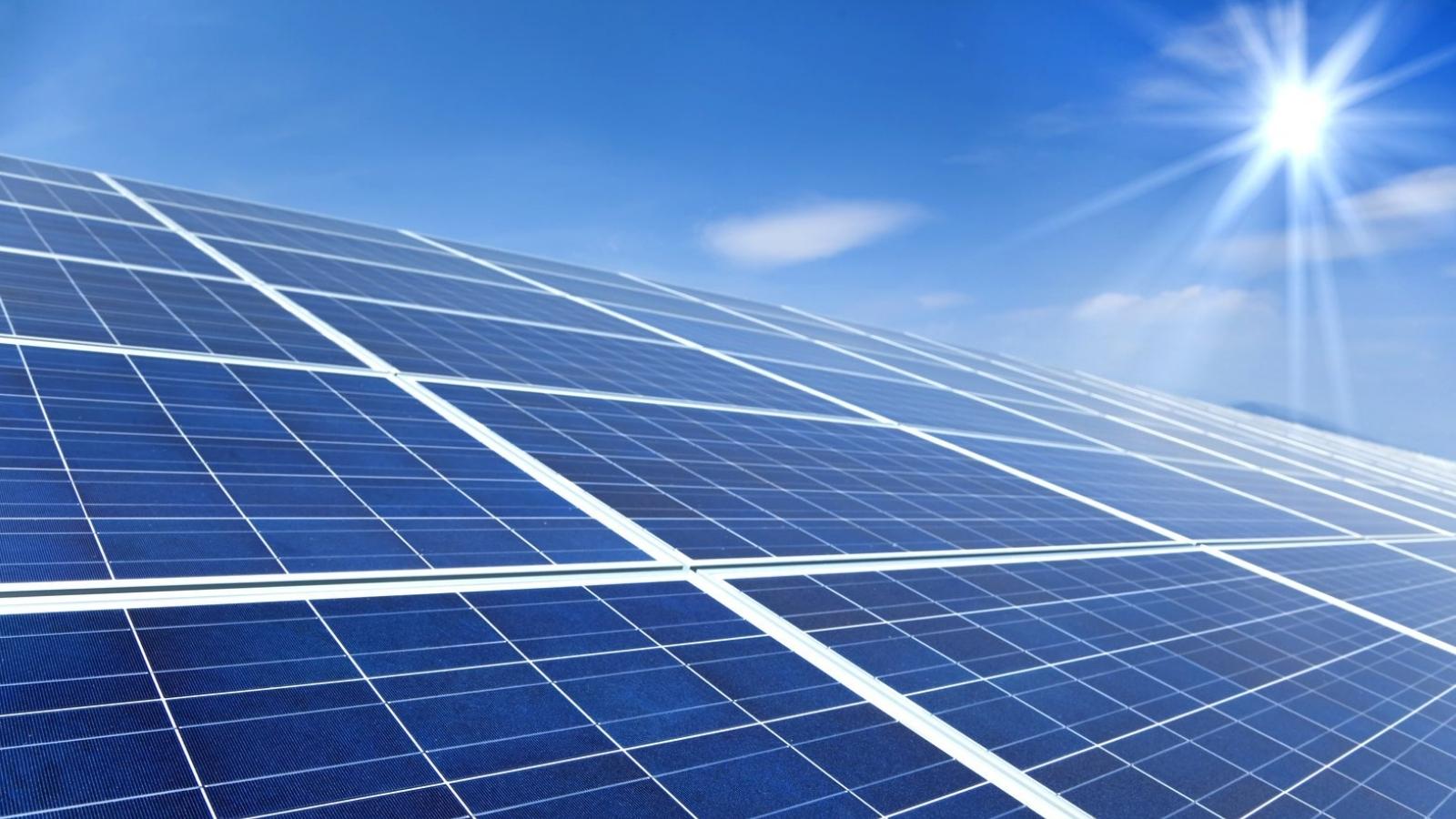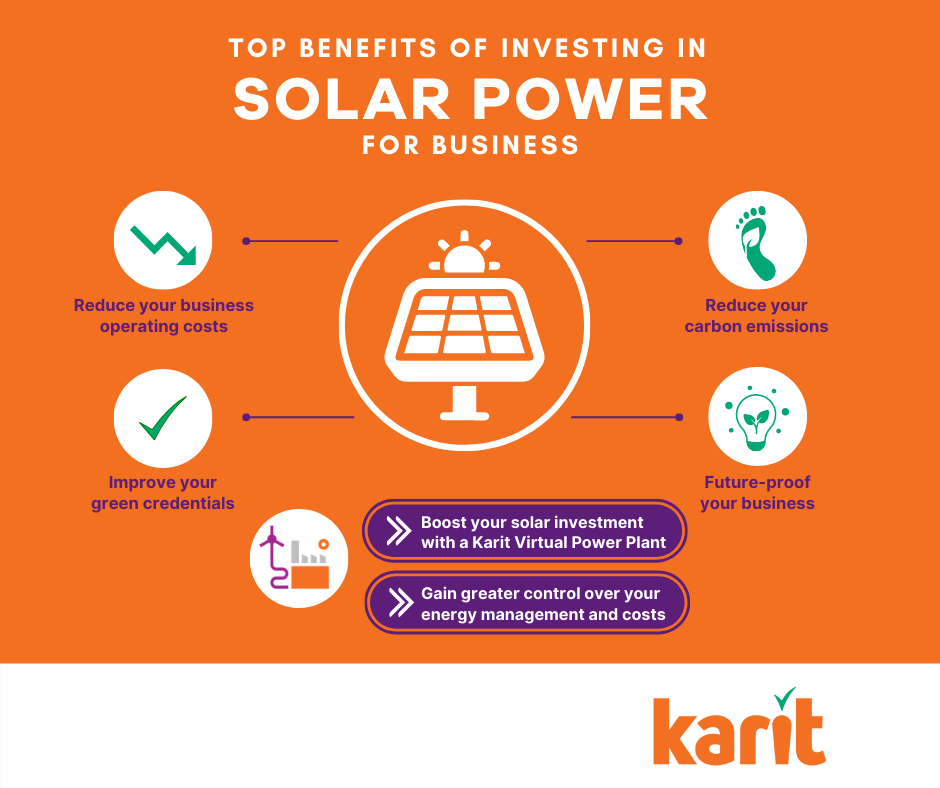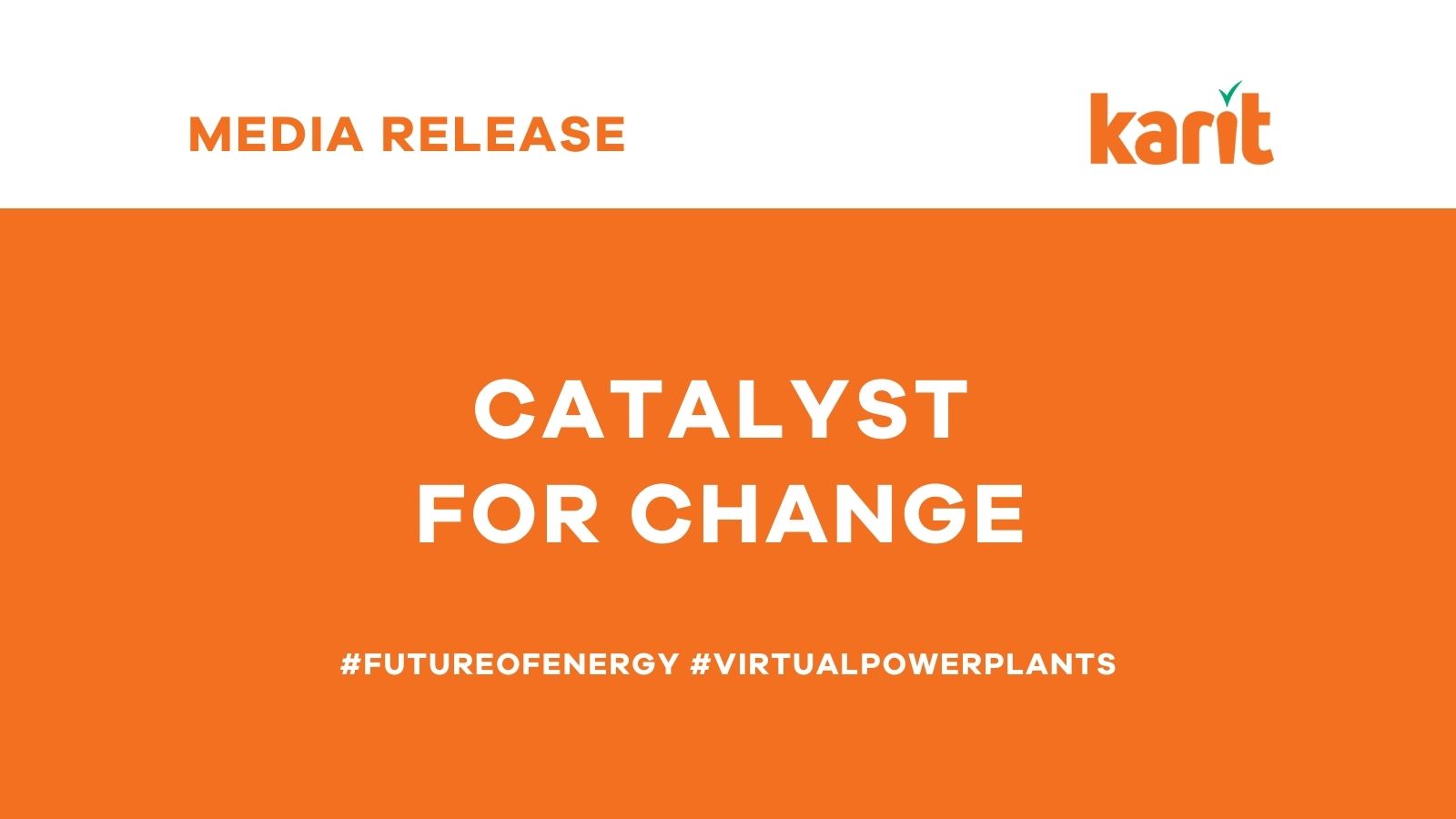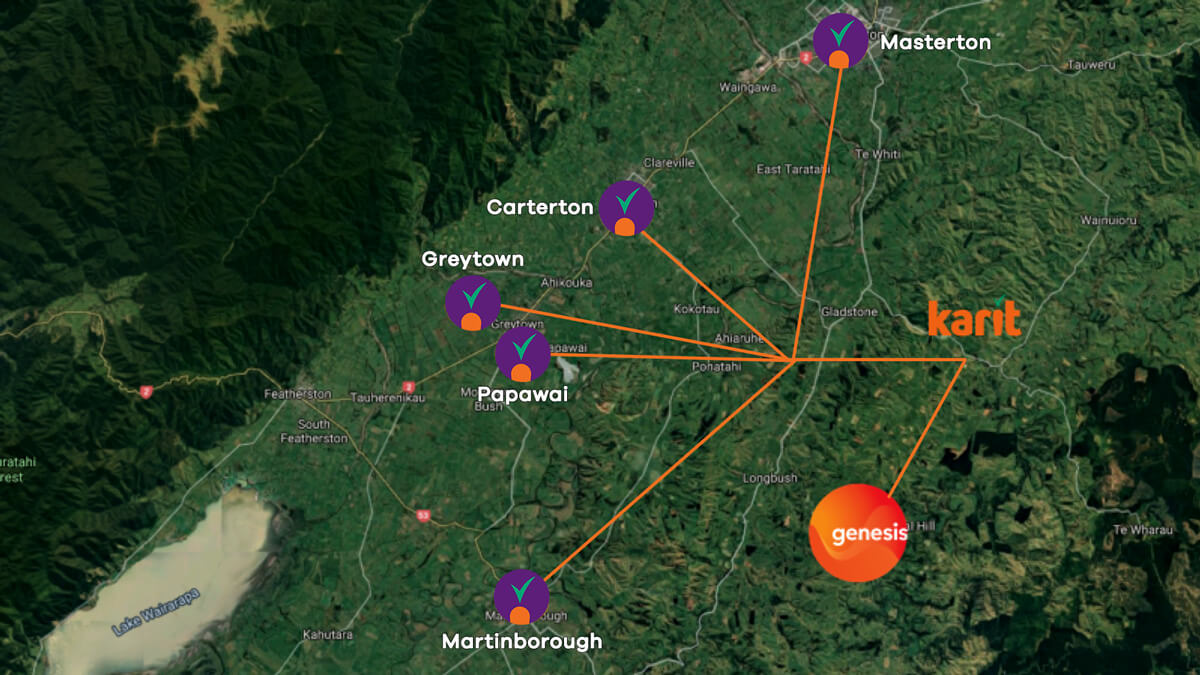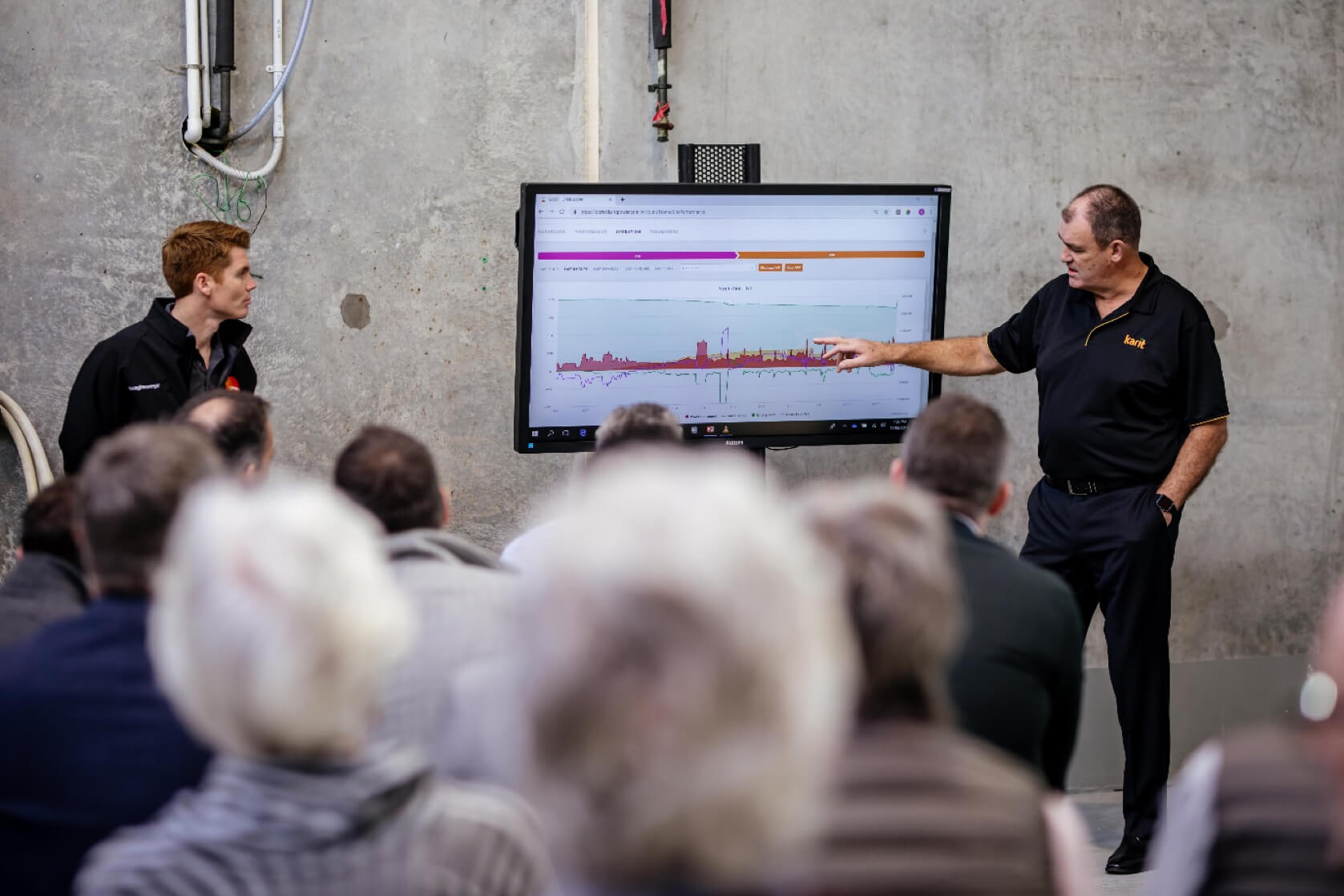Speed Up EV Transition in Australia
In the Media

In this article by The Guardian, Karit’s Brett Milne comments on the slow adoption of electric vehicles in Australia and the need for more states to introduce a ban on the sale of petrol and diesel cars.







